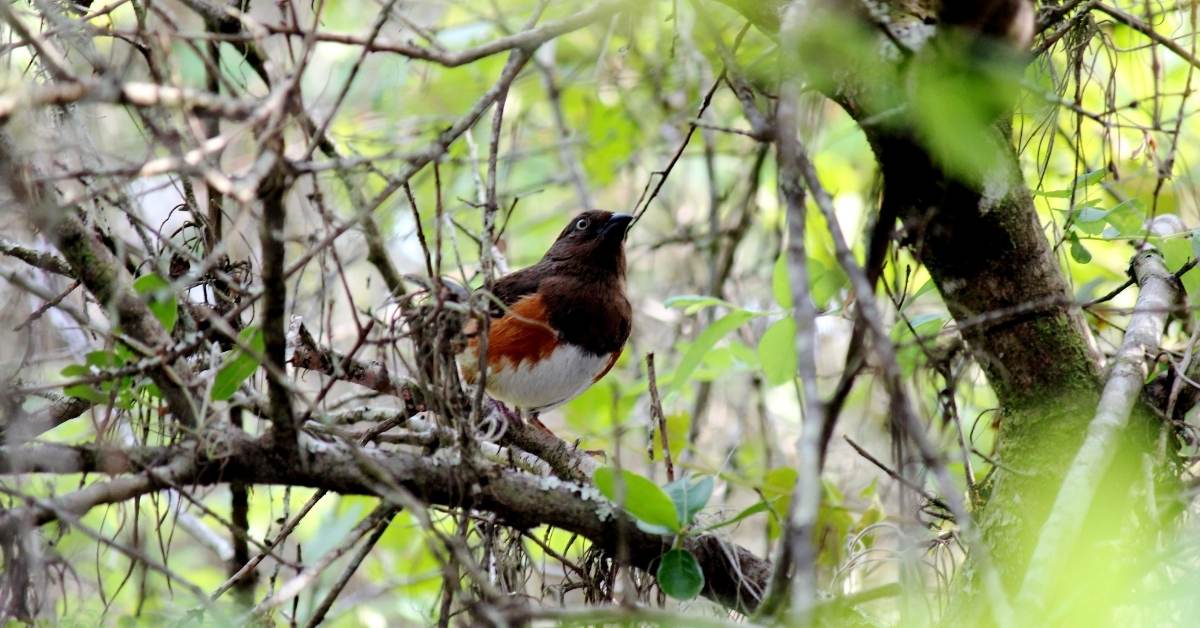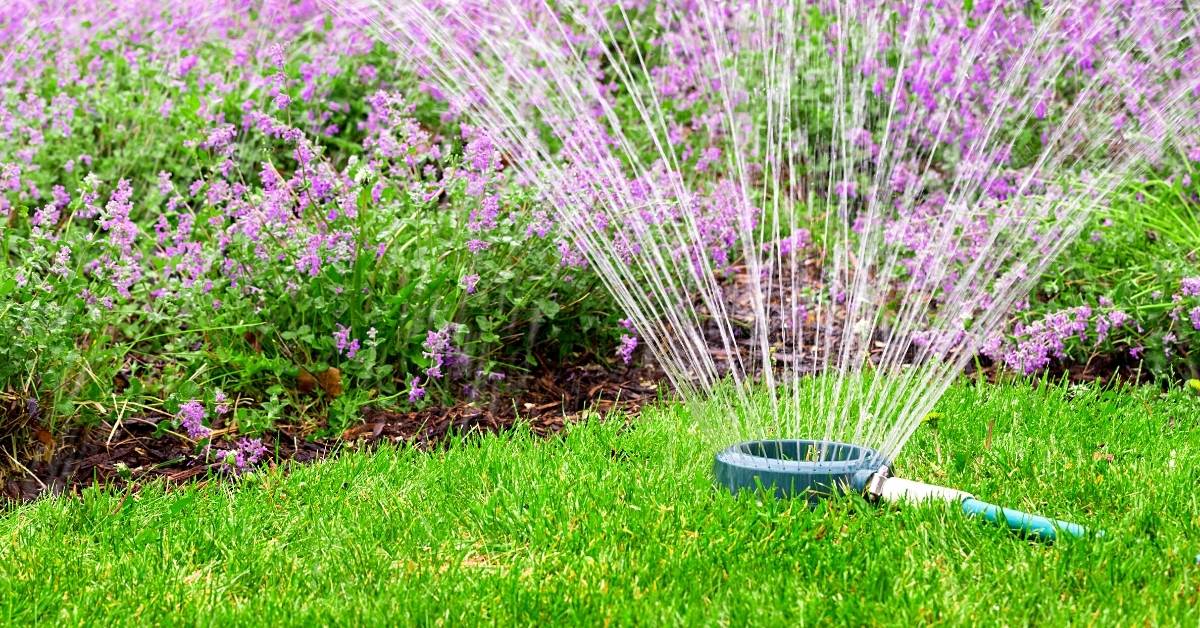Discover the wonders of plant fertilizer spikes, aka plant food spikes. Learn how to enhance your gardening skills and provide your plants with the essential nutrients they need for optimal growth.
When it comes to maintaining lush and vibrant plants, ensuring proper nutrition is key. While various fertilizers and feeding methods exist, one effective and convenient option is the use of spike plants and plant food spikes.
In this comprehensive guide, we will delve into the world of spike plants, unravel their functionality, and provide valuable insights on how to make the most of these nutrient-rich spikes for your indoor and outdoor gardens.
Understanding the Functionality of Fertilizer Spikes
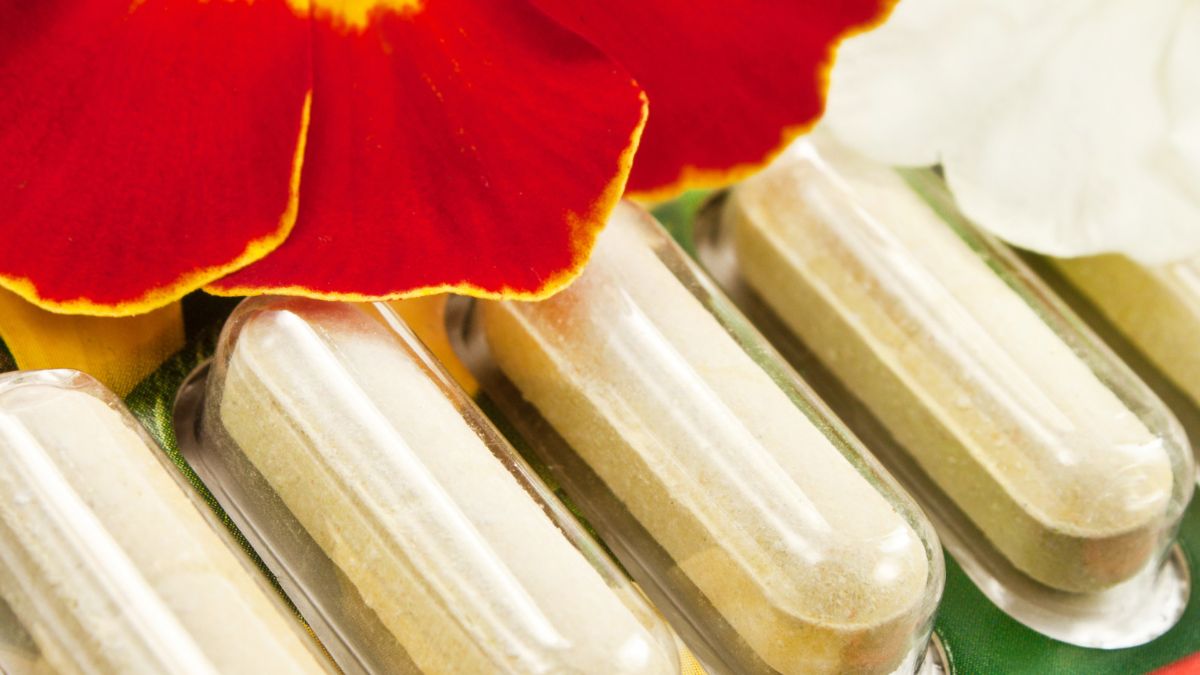
How Plant Spikes Work
Plant spikes are designed to provide plants with a steady and gradual release of essential nutrients over an extended period. This slow-release mechanism ensures that plants receive a consistent supply of nourishment, promoting healthy growth and development. The spikes contain a concentrated blend of macro-nutrients, including nitrogen (N), phosphorus (P), and potassium (K), along with trace elements such as iron (Fe) and manganese (Mn).
Types of Nutrients Found in Plant Spikes
Different plant spikes offer varying ratios of nutrients to cater to the specific needs of different plant types. Nitrogen is essential for promoting leafy growth, phosphorus supports root development and flowering, while potassium enhances overall plant vigor and disease resistance. It’s important to select plant spikes that align with the specific requirements of your plants, ensuring they receive the appropriate balance of nutrients.
Importance of Choosing Organic Spikes
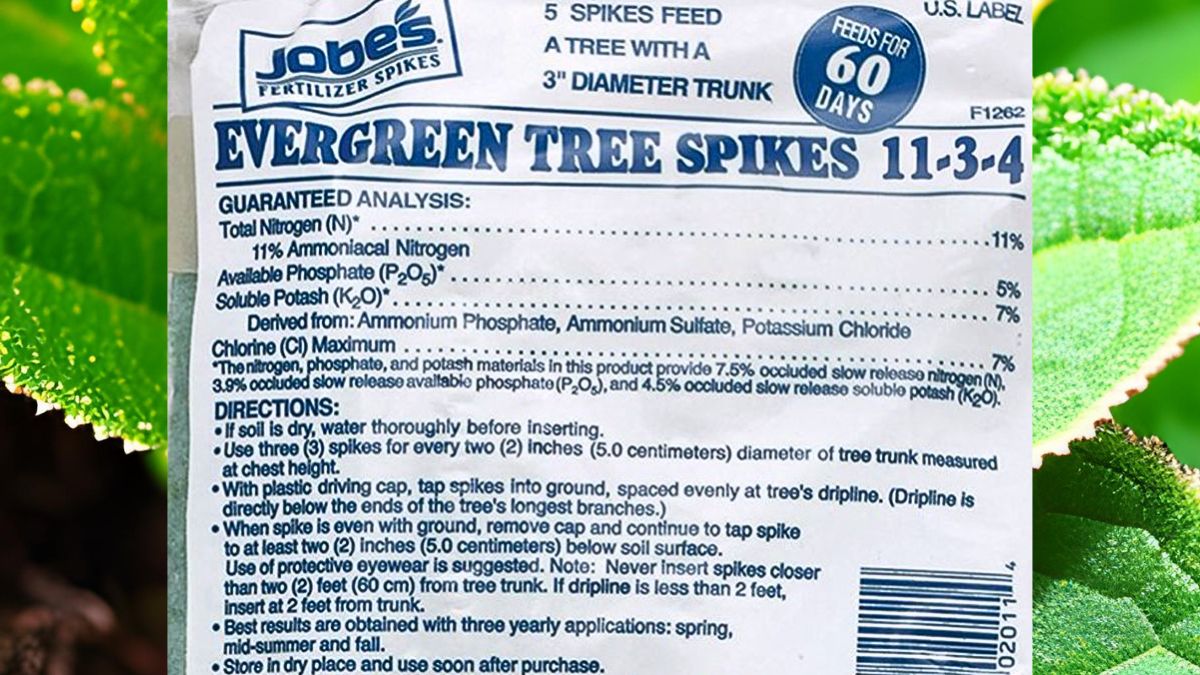
When opting for plant spikes, it is crucial to consider the composition and potential chemical additives. Some spikes contain formaldehyde, which may not be suitable for food plants. However, there are numerous organic and natural options available that do not contain harmful chemicals.
These alternatives provide a safe and eco-friendly solution for nourishing your plants while avoiding potential risks associated with synthetic additives.
The Application of Plant Spikes
Suitable Plant Types for Spike Application
Plant spikes can be used for a wide range of indoor and outdoor plants, including ornamentals, vegetables, herbs, evergreen trees and even potted houseplants. From vibrant flowers to luscious greenery, these spikes offer a versatile solution for enhancing the growth and vitality of various plant species.
Determining the Right Ratio of Nutrients for Specific Plants
Each plant species has unique nutrient requirements, and it’s important to choose plant spikes with the appropriate nutrient ratios. Researching the specific needs of your plants and selecting spikes formulated for their optimal growth is essential. This ensures that your plants receive the precise balance of nutrients they require for healthy development.
Proper Placement of Plant Spikes
To maximize the effectiveness of plant spikes, it’s crucial to place them correctly. Avoid direct contact with plant roots, as excess nutrients can potentially burn them. Instead, position the spikes a bit away from the root zone, allowing for gradual nutrient absorption. Carefully follow the manufacturer’s instructions regarding placement and spacing to achieve the best results.
Caring for Plants with Spike Nutrition
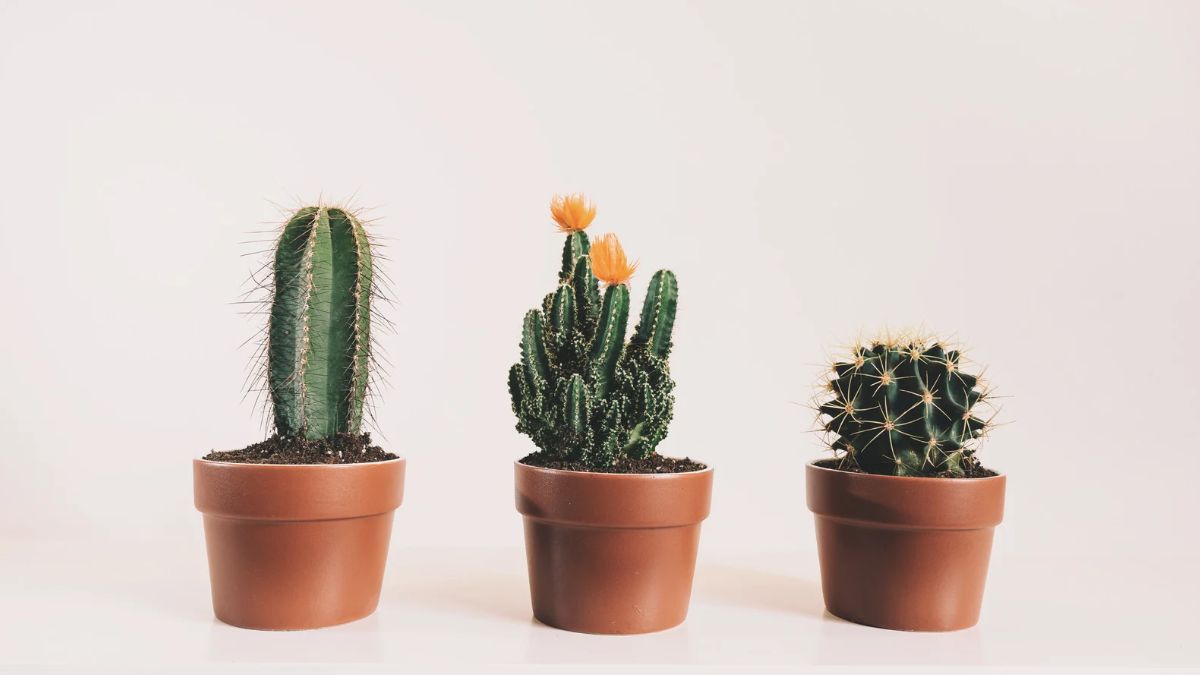
Watering and Moisture Considerations
To get the most out of plant spikes, proper watering is key. Make sure your plants stay hydrated so the spike can do its job of releasing nutrients into the soil. But watch out – too much water can slow down nutrient uptake and cause root rot problems. Keep tabs on how wet or dry your soil is and adjust water levels as needed to promote happy, healthy growth. With some gentle attention to watering, plant spikes can help keep your plants fed and growing strong!
Light Conditions and Their Impact on Spike Efficiency
Light plays a crucial role in photosynthesis and overall plant health. Different plant species have varying light requirements, ranging from full sun to partial shade. Ensure that your plants are positioned in locations that offer the appropriate amount of light for their specific needs. Adequate light exposure enhances the efficiency of the spike’s nutrient absorption and utilization.
Soil Requirements for Maximum Nutrient Absorption
The soil composition directly affects a plant’s ability to absorb nutrients. Prioritize well-draining soil that retains adequate moisture while allowing excess water to drain away. Regularly test the soil’s pH levels and make necessary adjustments to ensure optimal nutrient uptake. Additionally, incorporating organic matter, such as compost or well-rotted manure, enriches the soil and improves its nutrient-holding capacity.
Maximizing Plant Growth with Spike Spacing and Timing
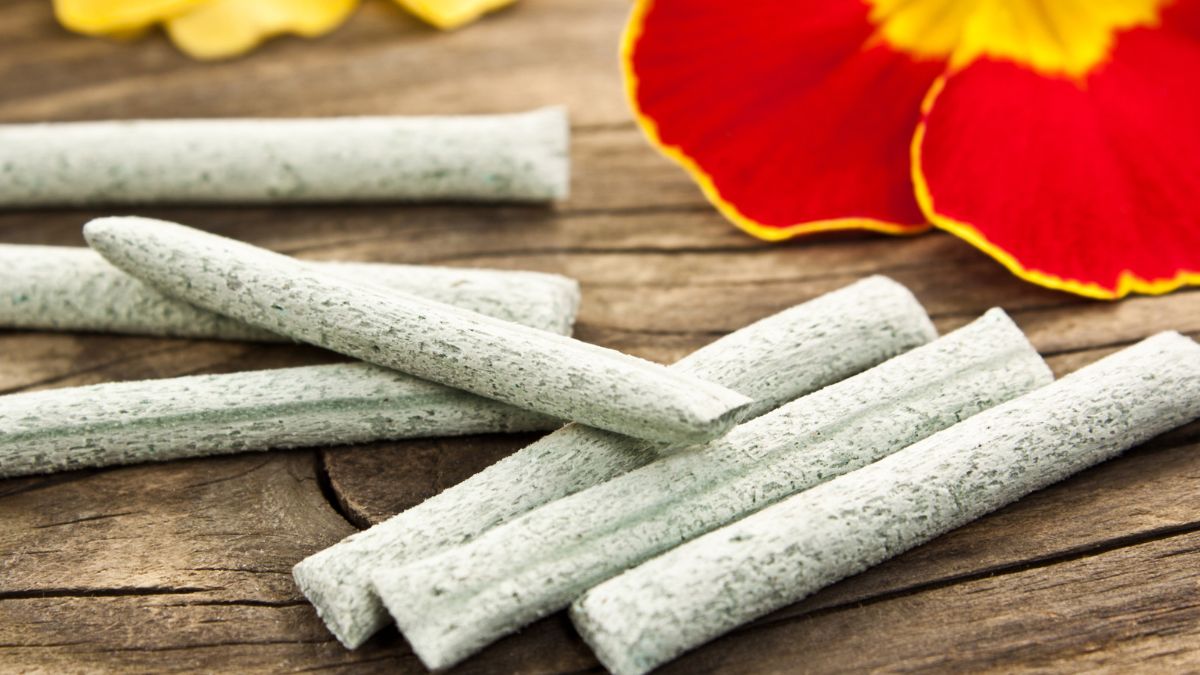
Ideal Spacing Between Plant Spikes
Proper spacing between plant spikes is crucial to ensure that each plant receives an adequate supply of nutrients. The recommended spacing may vary depending on the specific plant type and the spike’s nutrient concentration. As a general guideline, space the spikes evenly around the drip line of the plant, following the manufacturer’s instructions for the recommended distance.
Timing of Spike Introduction
Timing plays a vital role in the effectiveness of plant spikes. It’s important to introduce the spikes at the right stage of plant growth. For newly planted seedlings or transplants, insert the spikes into the soil at the time of planting to provide them with essential nutrients from the start. For established plants, apply the spikes during their active growth period for maximum benefit.
Adjusting Spike Frequency as Plants Mature
As plants mature and their nutrient requirements change, it’s essential to adjust the frequency of spike application accordingly. Young plants may require more frequent application, while established and larger plants may need spikes less frequently. Monitor the growth and overall health of your plants, and if necessary, modify the frequency of spike usage to meet their changing needs.
Additional Techniques for Plant Nourishment
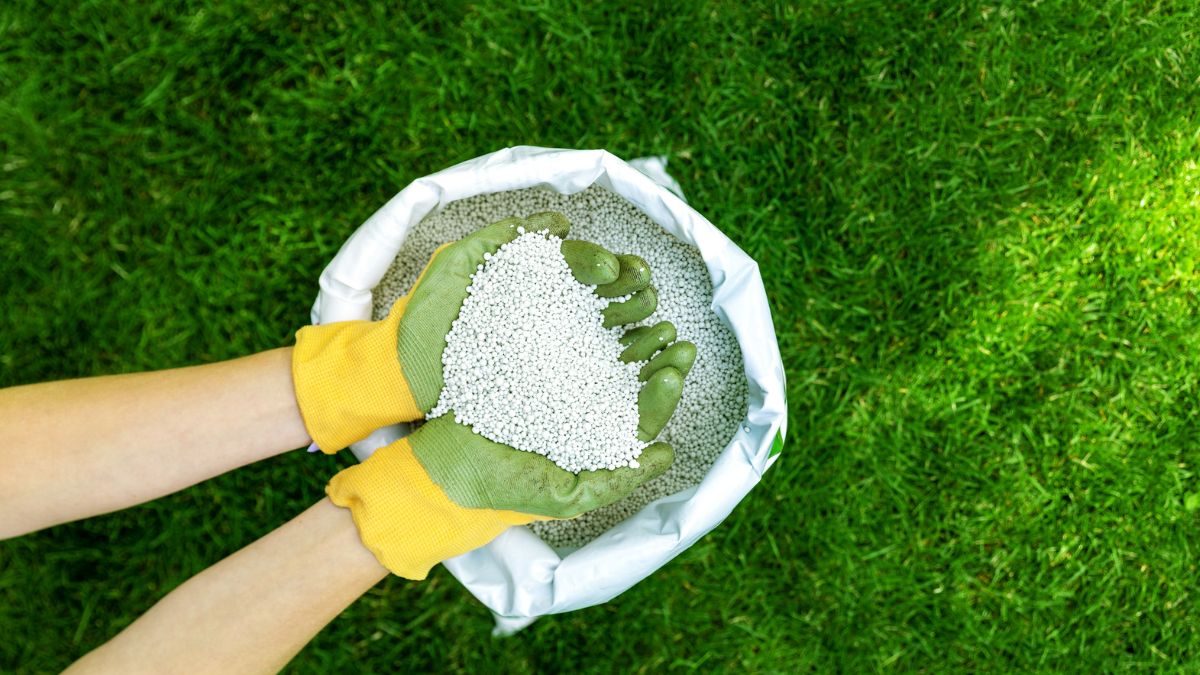
Supplementing Spike Nutrition with Other Fertilizer Methods
While plant spikes offer a convenient and effective means of providing nutrients, they can be complemented with other fertilizer methods for comprehensive plant nourishment. Consider incorporating organic liquid fertilizers or foliar sprays into your gardening routine. This combination ensures a well-rounded nutrient supply, promoting robust growth and optimal plant health.
Companion Planting for Enhanced Nutrient Uptake
Companion planting involves strategically pairing plants that mutually benefit each other. Some plants have symbiotic relationships, where one plant’s nutrient uptake can enhance the growth of neighboring plants. Consider companion planting techniques that promote nutrient cycling and soil fertility, creating a thriving ecosystem within your garden.
Mulching and Its Benefits in Spike-Based Gardening
Mulching is an effective practice that offers numerous benefits when combined with spike-based gardening. Apply a layer of organic mulch, such as straw, wood chips, or compost, around the base of your plants. Mulch helps conserve moisture, suppress weed growth, regulate soil temperature, and gradually enrich the soil as it breaks down, enhancing the overall effectiveness of plant spikes.
Troubleshooting and Pest Management
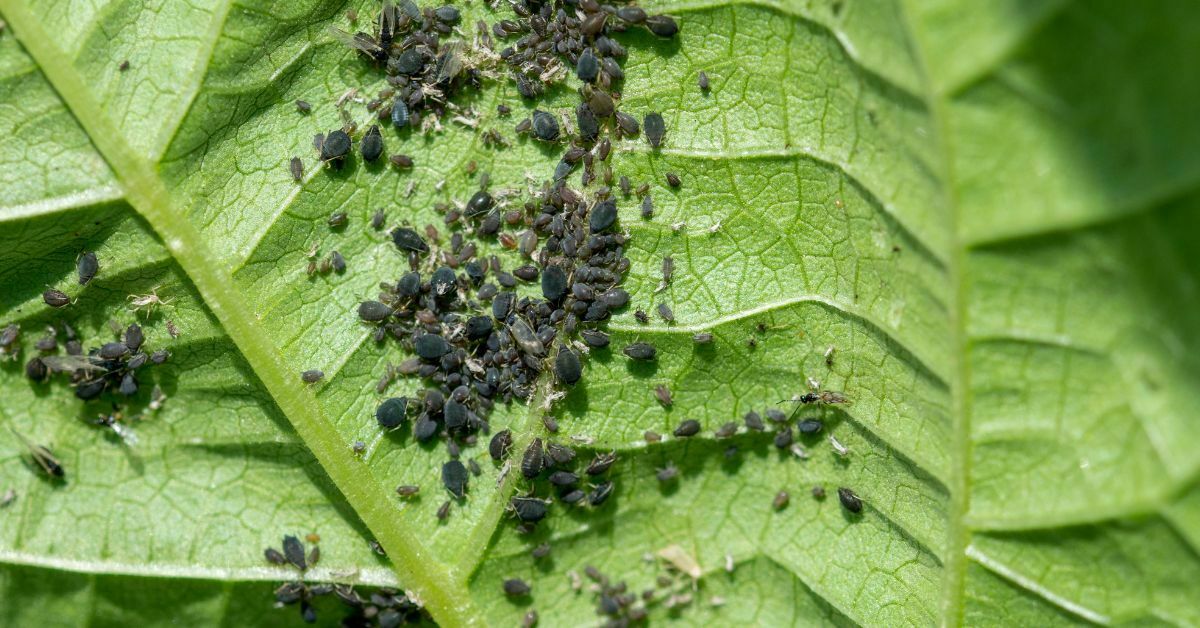
Identifying Potential Problems with Spike Usage
While plant spikes are generally safe and easy to use, certain issues may arise. Monitor your plants for signs of nutrient deficiencies or excesses, such as yellowing leaves, stunted growth, or leaf burn. Adjust the spike application or consider alternative nutrient supplementation methods if you encounter any problems.
Common Pests and Diseases Associated with Spike Application
Despite their slow-release nature, plant spikes do not guarantee immunity from pests or diseases. Monitor your plants regularly for signs of common garden pests, such as aphids, mealybugs, or fungal diseases like powdery mildew. Promptly address any issues using organic pest control methods or disease management techniques to protect your plants’ overall health.
Effective Measures for Prevention and Control
Maintaining a healthy garden environment is key to preventing pest and disease infestations. Practice good garden hygiene, such as removing fallen leaves and debris and regularly inspecting plants for signs of trouble. Implement cultural practices like proper watering, adequate spacing, and proper pruning to minimize stress and vulnerability to pests and diseases.
Can fertilizer spikes kill trees?
Fertilizer spikes can kill trees if you’re not careful, as too much nitrogen around the plant and close to the trunk will weaken and eventually cause it to die. High nitrogen concentrations will burn the roots, and without a strong root system, most plants, including trees, won’t be able to take in water or nutrients from the soil. Some of the dangers of using fertilizer spikes incorrectly are:
- Driving fertilizer spikes into the ground too close to a tree’s trunk can cause physical damage to the roots, invite diseases and insects, and discourage the tree from spreading wide roots that help it resist drought.
- Using too many fertilizer spikes can overload the soil with fertilizer, which causes the tree to dry out and die.
- Using fertilizer spikes on only one side of a tree can cause uneven root growth that causes the tree to become more likely to fall over and uproot itself.
To avoid these problems, it’s important to follow the instructions on the package of the fertilizer spikes and use them only when necessary. You can also perform a soil test to determine what nutrients your soil is lacking and choose the right fertilizer spikes for your trees. You should also place the spikes along the tree’s dripline, which is the outer edge of the canopy where water drips off the leaves. This will ensure your tree gets the optimal amount of nutrients without harming it.
Conclusion
Plant food spikes offer a convenient and effective way to provide your plants with essential nutrients. By understanding their functionality, proper application, and maintenance techniques, you can harness their potential to promote healthy growth, vibrant blooms, and abundant harvests.
We encourage both experienced and novice gardeners to incorporate spike plants and plant food spikes into their gardening practices. By fine-tuning the nutrient supply, maintaining optimal growing conditions, and supplementing with other beneficial techniques, you can create thriving gardens that showcase the beauty and productivity of your beloved plants.
Remember, every plant is unique, and it’s important to research the specific requirements of each species before incorporating plant spikes. With careful attention, proper care, and the right combination of nutrients, you can cultivate a garden that flourishes with healthy and thriving plants year after year.
FAQ
How do I choose the right plant spikes for my plants?
Different plant spikes offer varying ratios of nutrients to cater to the specific needs of different plant types. It’s important to select plant spikes that align with the specific requirements of your plants, ensuring they receive the appropriate balance of nutrients. You can research the specific needs of your plants and select spikes formulated for their optimal growth.
How do I use plant spikes correctly?
To maximize the effectiveness of plant spikes, it’s crucial to place them correctly, water them properly, and adjust their frequency as plants mature. Avoid direct contact with plant roots, as excess nutrients can potentially burn them. Instead, position the spikes a bit away from the root zone, allowing for gradual nutrient absorption.
Make sure your plants stay hydrated so the spike can do its job of releasing nutrients into the soil. Monitor the growth and overall health of your plants, and if necessary, modify the frequency of spike usage to meet their changing needs.
How long do plant spikes last, and when should I replace them?
The longevity of plant spikes depends on various factors, such as the size of the spike, the type of plant, the soil condition, and the watering frequency. Generally, plant spikes can last anywhere from 30 days to 6 months. You should replace them when they are fully dissolved or when you notice signs of nutrient deficiency in your plants, such as yellowing leaves, stunted growth, or poor flowering.
What are the benefits of using plant spikes over other fertilizers?
Plant spikes offer several advantages over other forms of fertilizers, such as ease of use, convenience, efficiency, and environmental friendliness. Plant spikes are easy to apply, requiring no mixing, measuring, or spraying.
They are also convenient, as you don’t have to worry about fertilizing your plants frequently or remembering when to do so. Plant spikes are efficient, as they deliver nutrients directly to the root zone, minimizing nutrient loss or runoff. They are also environmentally friendly, as they reduce the risk of over-fertilizing or contaminating nearby water sources.
